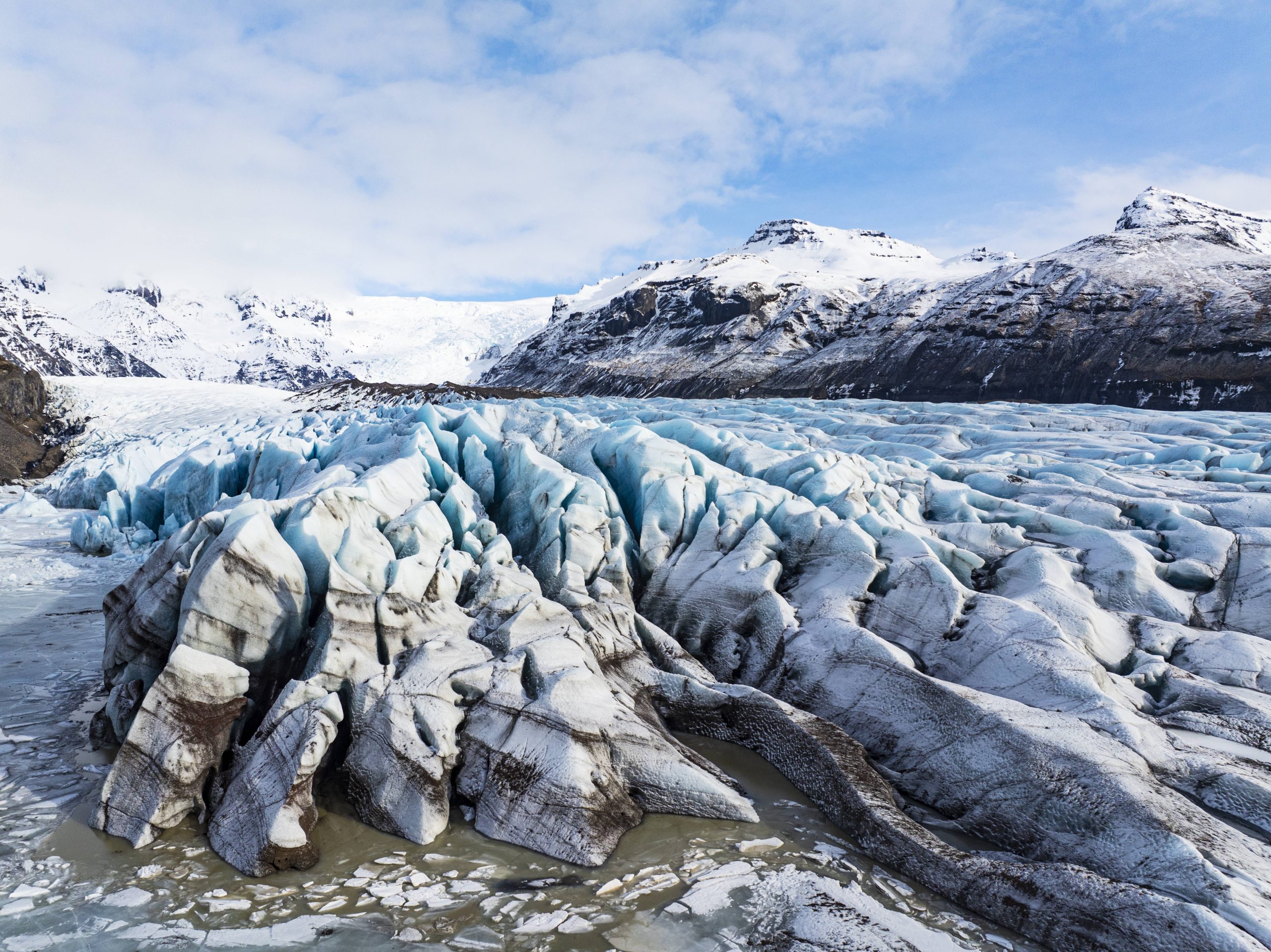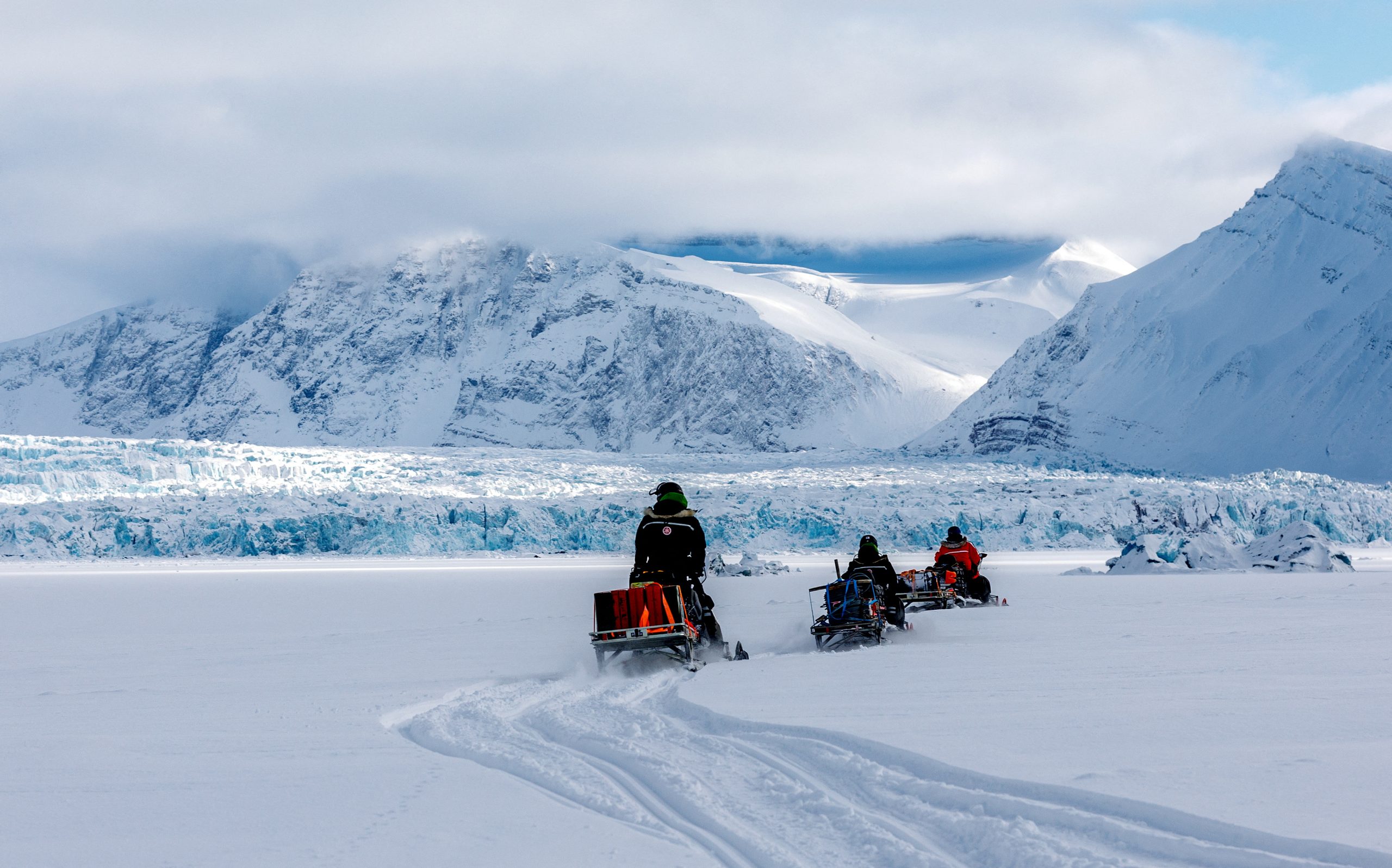A US research non-profit called the Arctic Ice Project (AIP) is closing down its operations and has cancelled ongoing geoengineering experiments in the Arctic, citing environmental concerns and “potential risks to the Arctic food chain”.
The Silicon Valley-based organisation proposed the release of tiny silica particles over parts of the Arctic Ocean, which would in theory reflect sunlight from the surface and cool down melting ice.
Announcing the shutdown last week, AIP said test results – along with “skepticism towards geoengineering”, funding barriers and “resistance” to introducing new materials into the Arctic Ocean – had led it to end the project, which was conceived over a decade ago.
The proposed technique is one of several controversial methods aimed at slowing down global warming and its effects on the Earth. Broadly grouped under the term “geoengineering”, these emerging technologies have garnered growing attention in international policy discussions, with some countries like Switzerland proposing global regulation. Other countries like Mexico have placed cautionary bans on experiments.
Shell dodges paying compensation for sham carbon credits in China
Climate and indigenous campaigners welcomed the shutdown of AIP’s experiments in Alaska and noted that indigenous communities in Alaska have long opposed the project’s activities over fears of collateral impacts.
“Our concerns about the reckless use of harmful materials were dismissed, yet we knew that the health of our ecosystems and the wisdom of our people must not be overlooked,” said Panganga Pungowiyi, a climate geoengineering organiser at the Indigenous Environmental Network (IEN).
Ongoing experiments
More than 190 countries have signed a moratorium on new geoengineering experiments under the United Nations’ biodiversity convention, a decision that was reaffirmed at last year’s COP16 summit in Cali, Colombia.
However, dozens of new experiments have taken place in the last five years, according to German non-profit Geoengineering Monitor, including the use of methods that are currently covered by the international moratorium.
For example, Geoengineering Monitor recorded 27 ocean fertilisation experiments (harvesting plankton in the ocean to increase photosynthesis and capture CO2) and 17 solar radiation management experiments (spraying sulphur particles into the atmosphere to reflect sunlight and cool down the planet).
EU backs North Africa hydrogen pipeline, but is it a green dream?
In 2024, US-based startup Make Sunsets drew fire because it sprayed sulphur particles into the air in Mexico without prior consent, leading the country to enact a precautionary ban on similar tests.
The startup has been selling “cooling credits” – a similar concept to carbon credits, where companies fund emissions-cutting projects to offset their climate impact – to finance experiments and has conducted at least seven more tests in several places across California.
The US, which is not a signatory to the UN’s Convention on Biological Diversity (CBD), allows companies to engage in geoengineering tests under the Weather Modification Act of 1976, as long as they report them.

Aerial drone view of ice textures formed in the Svinafellsjokull glacier following global warming, Iceland, Polar Regions (Photo: Copyright: carloxalbertoxconti)
Arctic ice management
Despite AIP winding down its operations in the Arctic, other startups have ventured into the lesser-known group of methods known as Arctic ice management, which seek to halt melting ice through human interventions.
AIP aimed to use tiny particles of silicon dioxide, which it described as similar to “small, fine, white beach sand that floats”, to increase the reflectivity of sea ice and cool down the Arctic. Some others have pursued the same method.
US-based Bright Ice Initiative – which was also set up by AIP’s founder Leslie Field – has conducted experiments on glaciers in Iceland and plans new tests at the Chhota Shigri Glacier in the Indian Himalayas. A 2022 study published in the journal Earth’s Future suggested the particles might actually accelerate the loss of sea ice.
We must challenge rising demand for transition minerals, says UN rapporteur
Other companies have tried different approaches. UK-based startup Real Ice seeks to “refreeze” the Arctic by pumping seawater from below the ice to the surface during winter months to try and thicken ice cover. It aims to test the technique in Canada’s northern Nunavut region and eventually sell “cooling credits”.
Many indigenous organisations, meanwhile, have called for a halt to these experiments. “Nature is not a laboratory; it is a living entity we are in relationship with,” said the IEN’s Pungowiyi, cautioning against “other forms of geoengineering that threaten our sacred spaces”.
(Reporting by Sebastian Rodriguez; editing by Megan Rowling)
